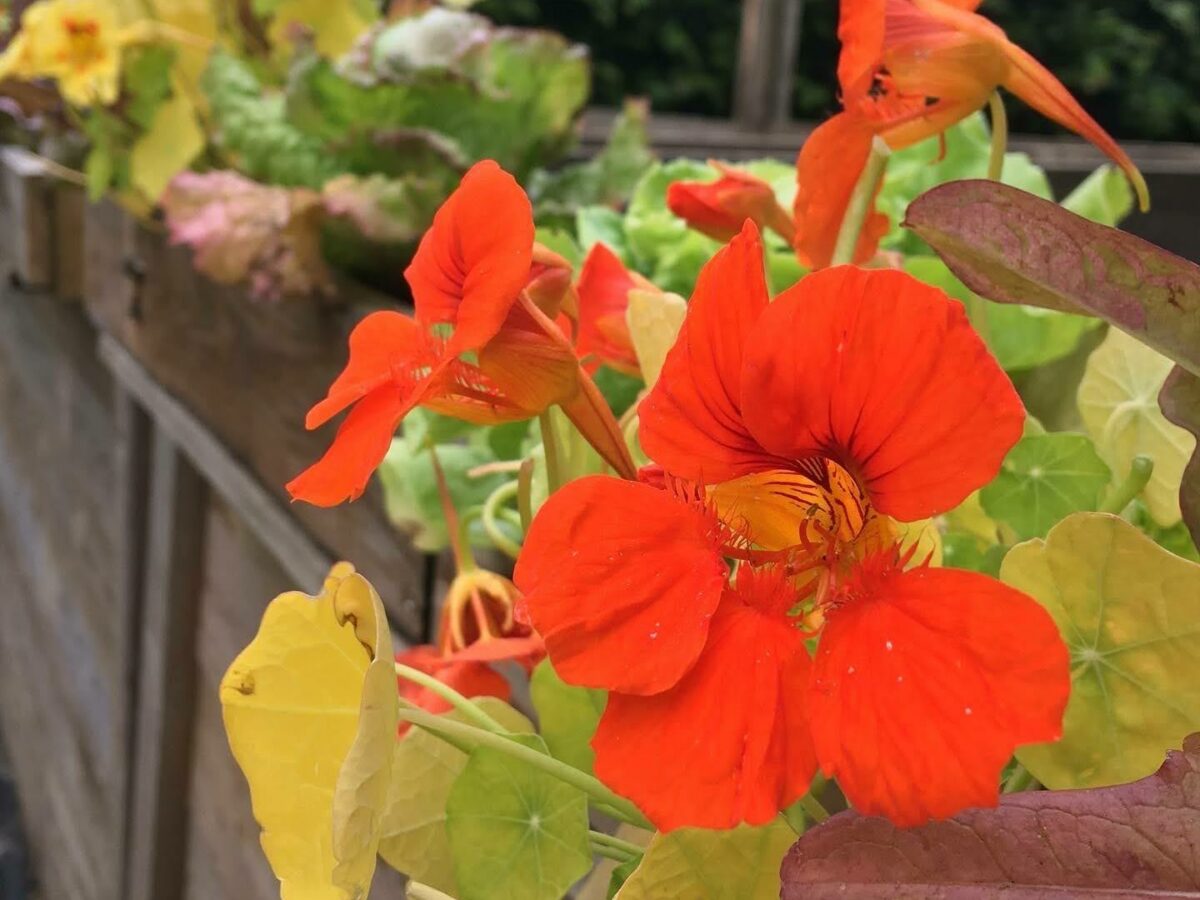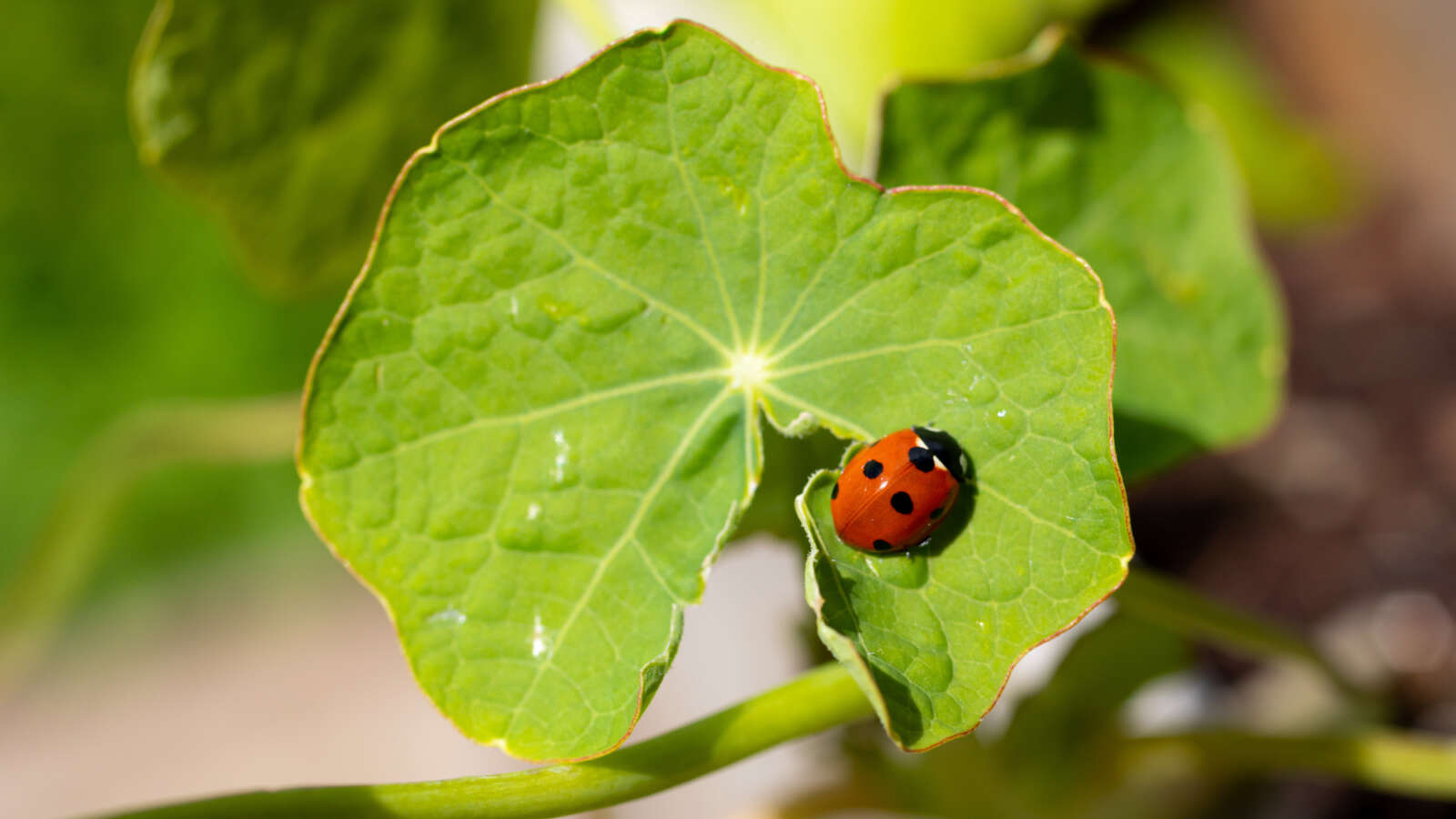
How to grow flowers
Getting started flowers
You don't need artificial fertilisers to help flowers thrive – as with all organic growing, it's about getting the soil well prepared and choosing plants suited to your soil and location.
-
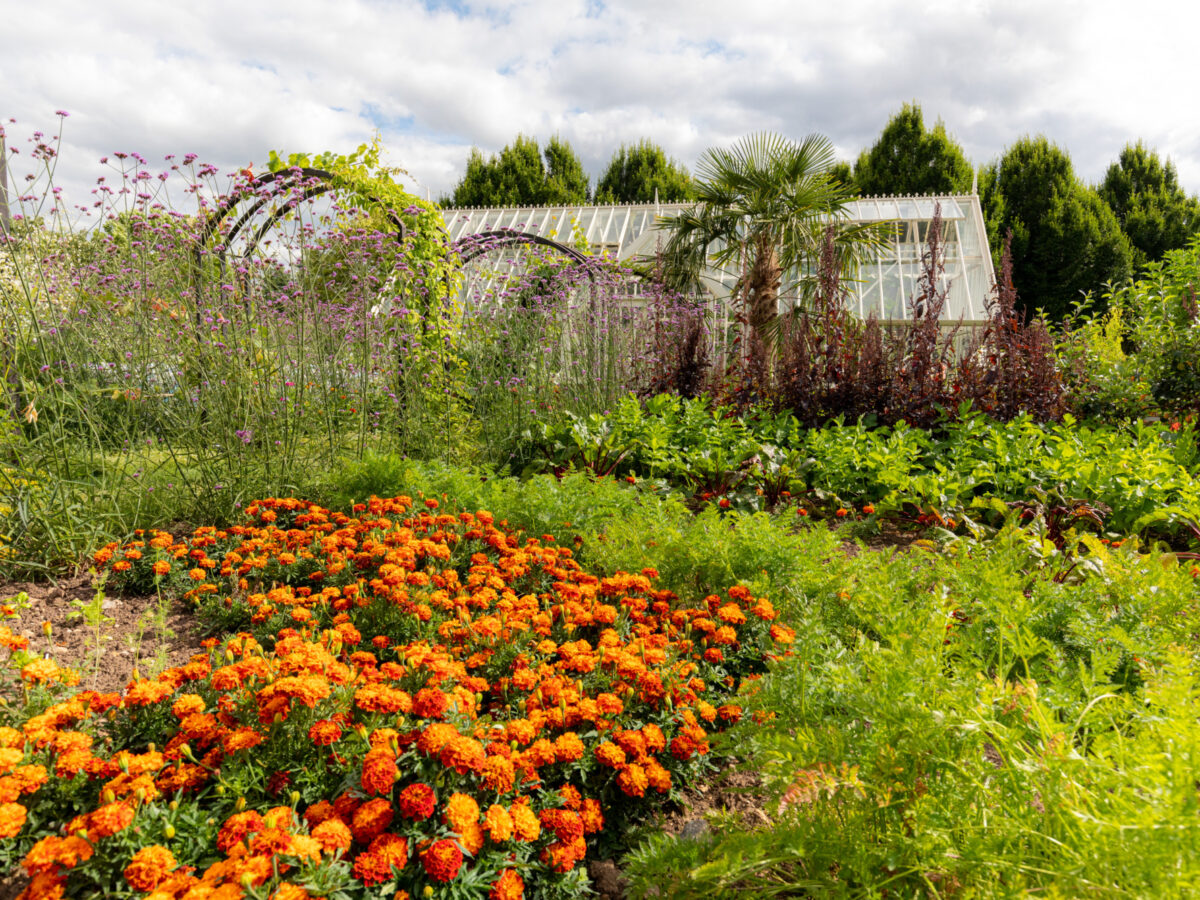
Choosing your plants
Selecting plants for your garden is one of the most enjoyable parts of gardening. But for growing success, it’s important to think about ‘right plant, right place’.
-
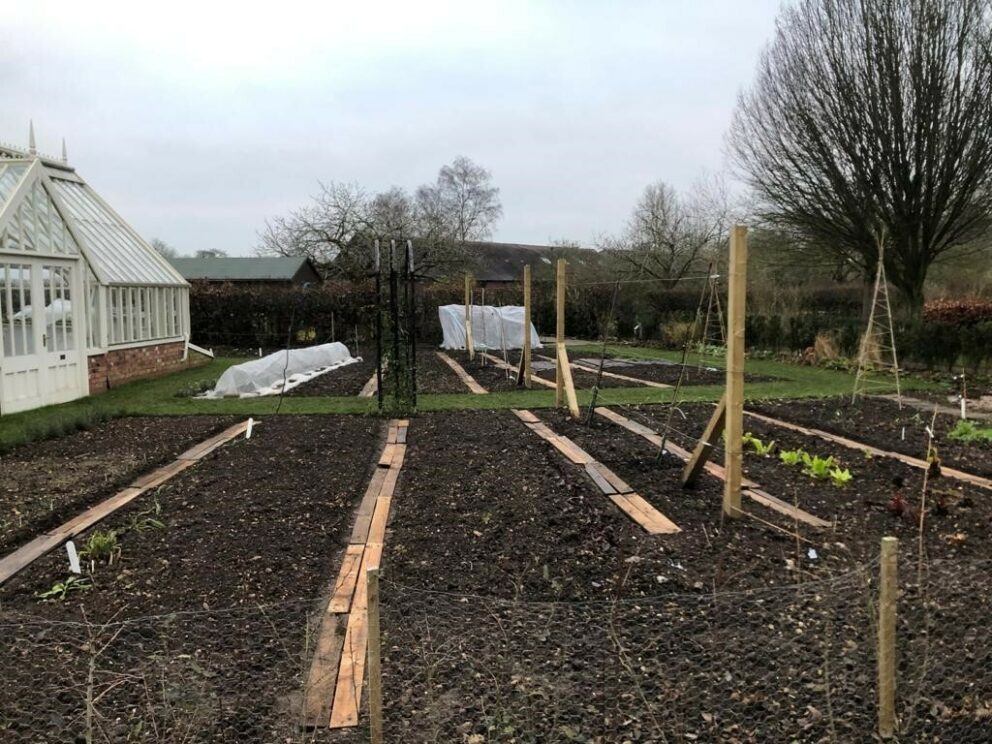
Preparing your organic growing area
Whether in a pot, single bed or large allotment, the first place to start is to prepare your organic growing area, starting by creating the perfect soil.
-
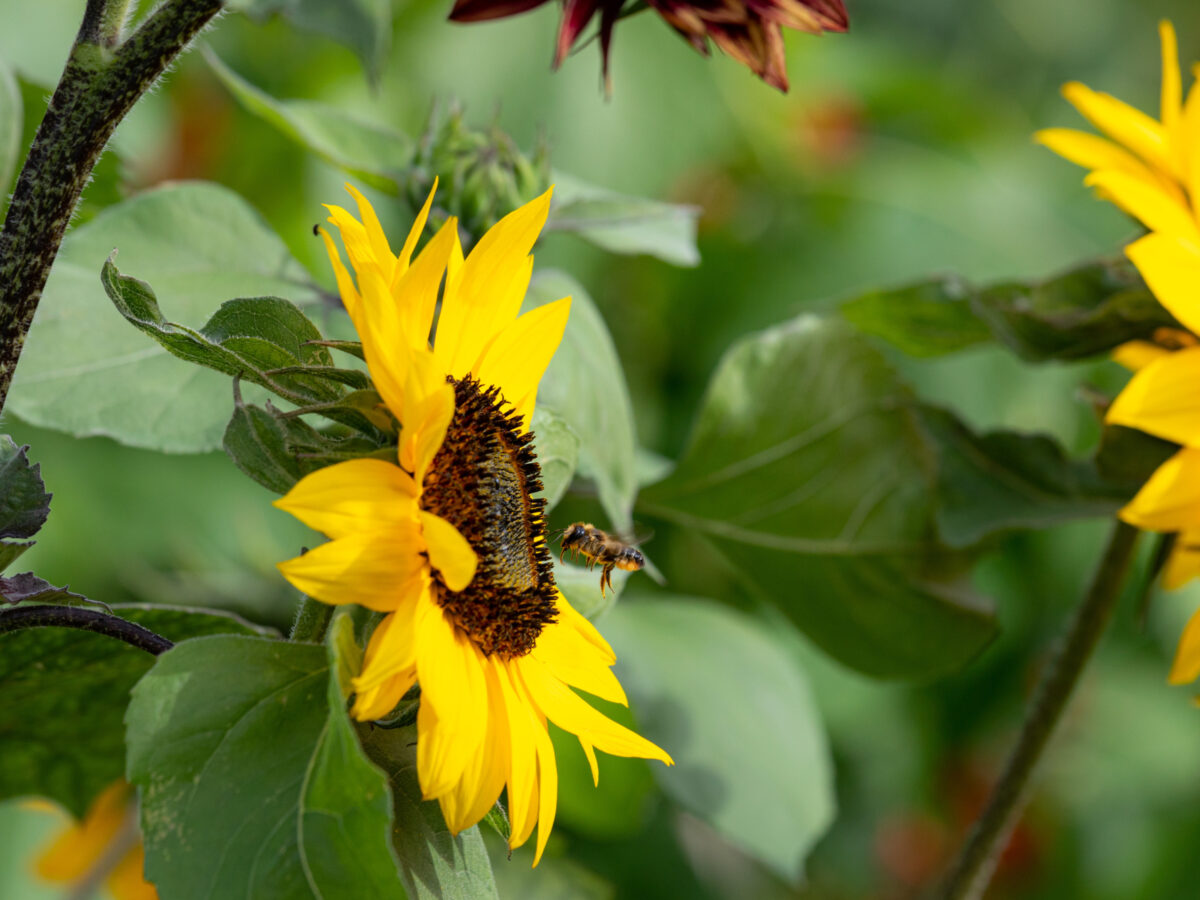
Flowers to attract beneficial insects
Flowering plants play a vital role in the organic garden for the creatures they attract, many of which play an important role in pest control or pollination.
-

Companion or mixed planting
Companion planting has many benefits in your organic growing area. Mixing veg and flowers, plus different varieties across the seasons, leads to a healthy, diverse ecosystem.
Flowers this month
Winter pansies can be affected by Downy mildew and leaf spots. Deadhead regularly and remove diseased leaves on sight.
Your organic garden in December
All is calm, all is quiet in the December garden. This is a lovely time of year to wrap up warm and take a tour of your garden to write down what was successful this year and what you could change.
Also this month
Frequently asked questions
-
Garden Organic does not advise any painting of pruning wounds. It is best to leave the cut open to allow the tree to heal naturally with no substance impairing the callus formation.
For specific details of magnolia pruning check out the Dorling Kindersley/RHS publication 'RHS Pruning and Training Manual' by Christopher Brickell & David Joyce. It has excellent diagrams and easy to follow instructions.
-
Poinsettia is a native of Mexico, so it is likely that because of our reduced light levels in this country your plant will get some yellowing and leaf fall. To keep the plant in good condition do not let temperatures fall below 13°C (55°F). Place in a well lit location. Water thoroughly but wait until the compost is quite dry before watering again. Overwatering is the most common cause of failure in poinsettia.
To make the plant bloom again for next Christmas, in early spring, cut back the stems to 10cm (4in). Keep the compost almost dry, place in a cool shady position. In early May, water and re-pot the plant, shoots will then soon appear. Remove some of the new shoots to leave 4-5 stems (use the prunings as cuttings). When pruning this plant, wear gloves and long sleeves as the sap can cause irritation.
As the plant requires careful light control to make the plant bloom again, in September cover the plant with a black polythene bag from early evening until the next morning so the plant is in total darkness for 14 hours. Continue daily for eight weeks, then treat as normal and hopefully the plant should flower for next Christmas time.
-
Clematis montana should be pruned after flowering , so May is ideal. Cut out any dead shoots, taking care with the untangling. Then cut back any shoots you feel are too tall or are straying the wrong way. It's not very scientific because clematis generally responds well to hard pruning and is hard to damage.
Grow your own edible flowers
Fact sheets - flowers
Our member fact sheets contain in-depth information and guidance on a range of topics. Log in or join us to access them.
-
Flowers
Edible flowers
This Garden Organic member fact sheet gives detailed information about edible flowers.
-
Wildlife gardening
Create a bee border
Plant a border to attract bees into your garden. Follow the steps on our handy member fact sheet to create the perfect patch.
-
Pests and diseases
Rose blackspot
This Garden Organic member fact sheet gives detailed information about rose blackspot.
-
Flowers
Flowers for the wildlife garden
This Garden Organic fact sheet provides detailed information on flowers for the wildlife garden.

